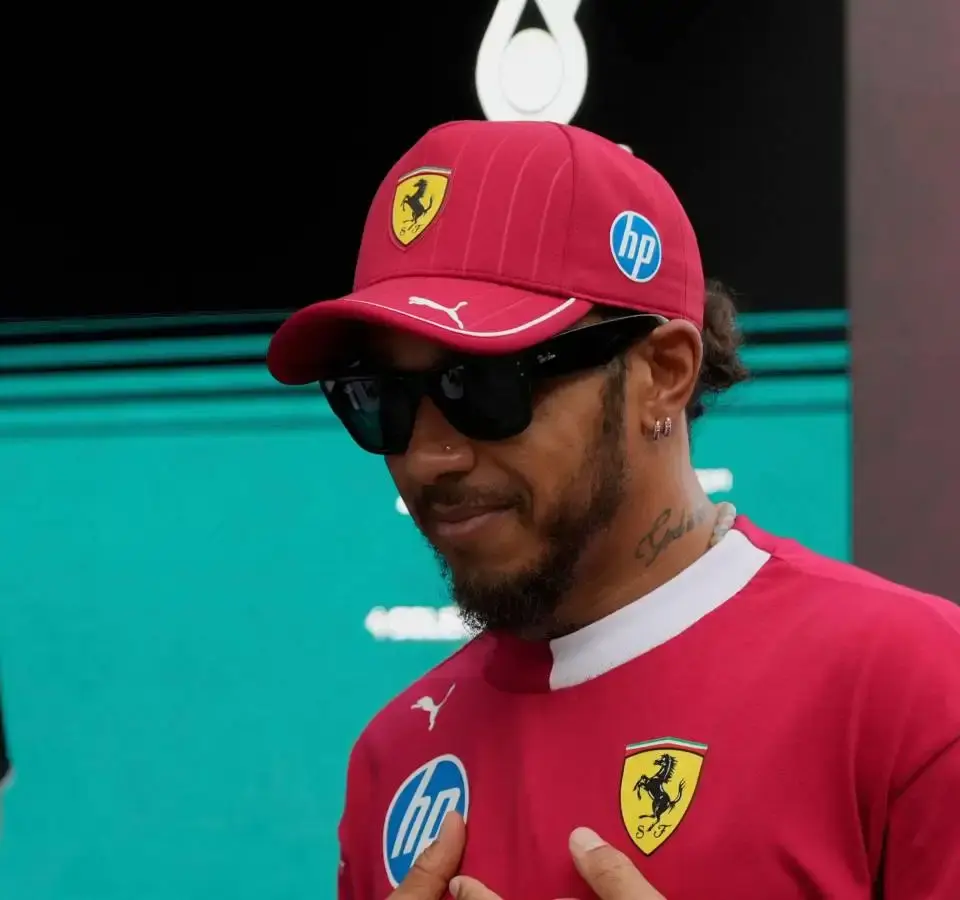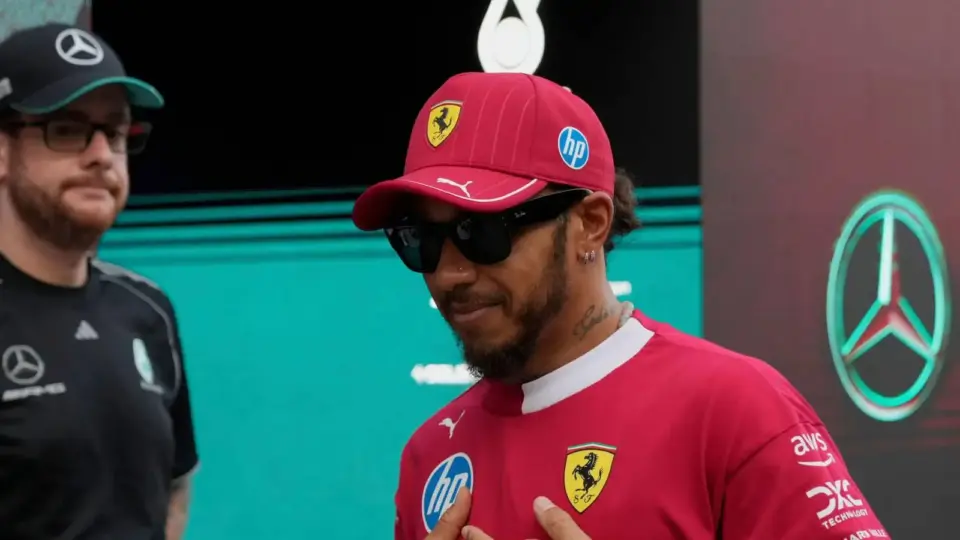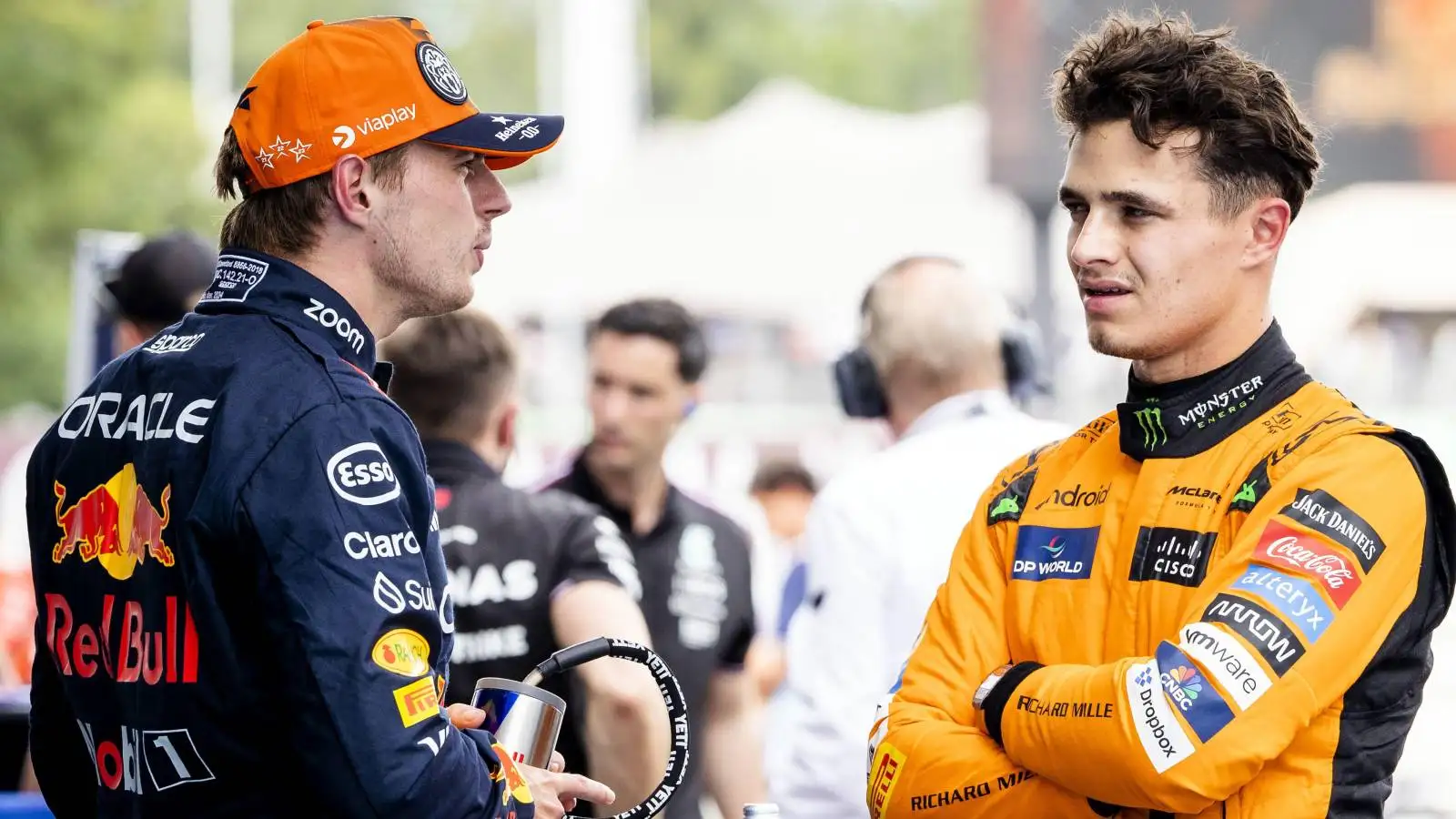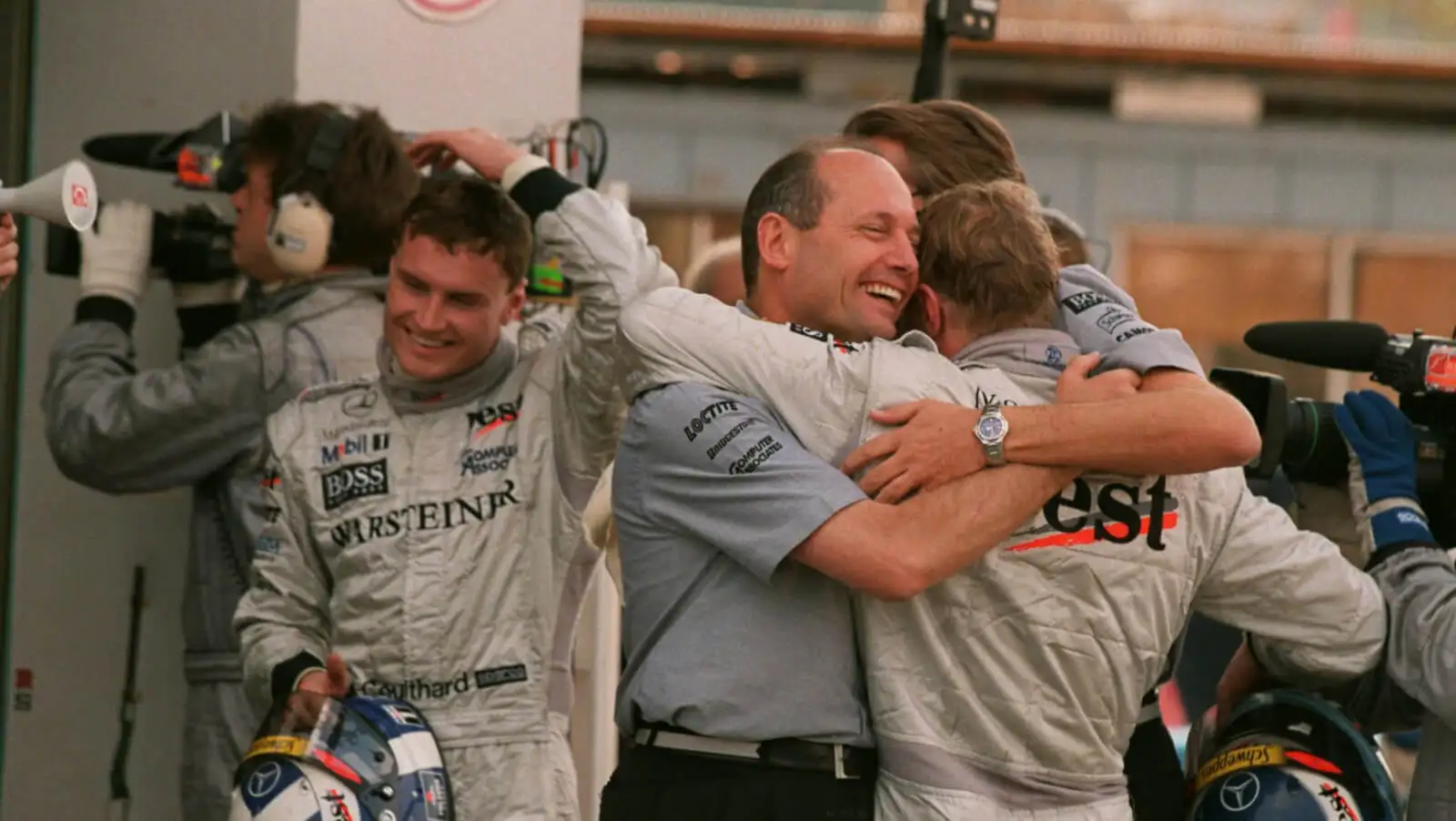Lewis Hamilton’s move to Ferrari has been anything but smooth. While his victory in China felt promising, subsequent performances have raised eyebrows. Struggles with the Ferrari SF-25 are evident, as Hamilton’s frustration grows. Such challenges echo his final challenging season at Mercedes. It’s intriguing to see how Hamilton adapts, considering these persistent issues.
In his recent analyses, F1 expert Alex Brundle uncovered nuanced traits in Hamilton’s driving style. By examining data, Brundle reveals intriguing insights about Hamilton’s racing behavior. These patterns highlight a recurring theme of high-speed corner issues. As Ferrari continues to fine-tune their machines, Hamilton’s adjustments remain a subject of much speculation and interest. How will he respond to these challenges?
A Rocky Start with Ferrari
Hamilton’s start with Ferrari has been a rollercoaster. The initial victory in China now seems like a distant victory. With struggles mounting, Hamilton himself has voiced concerns about the lack of solutions. His statements suggest a difficult 2025 season ahead. These sentiments mirror his last season with Mercedes, where he faced a series of defeats against teammate George Russell.
Since his switch to Ferrari, Hamilton has yet to finish a race ahead of teammate Charles Leclerc. His lap speeds are becoming a topic of concern. In Bahrain, he lagged six-tenths behind Leclerc. This gap widened in Jeddah, highlighting a clear pace issue. It’s a stark contrast to what fans expected from the seasoned champion at Ferrari.
Brundle’s Data Insights
Alex Brundle’s deep dive into Hamilton’s racing data sheds light on his performance inconsistencies. He discovered that in high-speed corners, Hamilton applies more brake pressure than his teammate. This technique causes the Ferrari to react unpredictably. Such findings question whether Hamilton can modify his driving style in time.
Brundle notes that Hamilton struggles with adapting his style to Ferrari’s needs. During their podcast discussion, Brundle commented, “On high-speed corners, Lewis upsets the Ferrari everywhere.” He emphasized the steady nature of Leclerc, contrasting Hamilton’s approach. According to Brundle, even during his time at Mercedes, this trait was noticeable.
Comparisons with Carlos Sainz’s Adaptation
Carlos Sainz also faced adaptation challenges when he transitioned to Williams. However, Sainz quickly adapted, showing significant improvements in recent races. His season-best position in Saudi Arabia speaks volumes about his progress. He logged a top-six qualifying time, earning points and assimilating into Williams’ racing style.
The progress of Sainz casts a shadow over Hamilton’s current situation. Sainz has shown that adaptability is possible, even when facing initial hurdles. Brundle commented, “Sainz has completely engaged with his team’s dynamics and shown remarkable results.” The attention now shifts to Hamilton’s ability to replicate such success at Ferrari.
Championship Standings and Team Dynamics
With a 16-point gap behind Leclerc in the Drivers’ Championship, Hamilton’s position is increasingly precarious. As each race unfolds, the pressure mounts on Hamilton to prove himself. Ferrari’s patience might not stretch indefinitely.
The internal team dynamics play a significant role in Hamilton’s journey. At Ferrari, teamwork and car adaptation are pivotal. Hamilton faces mounting pressure to align his style with Ferrari’s expectations. The season’s outcome may strongly depend on overcoming these internal challenges.
Hamilton’s Driving Technique
Brundle’s analysis indicates that Hamilton’s technique needs reworking. His reliance on heavier brakes disrupts Ferrari’s performance. This method does not align with Ferrari’s design and philosophy. Observing Hamilton’s technique offers a glimpse into his ongoing struggle.
Hamilton’s troubles are echoed by past experiences at Mercedes, as highlighted by Brundle. The path to improvement for Hamilton appears steep. Yet, there’s hope that consistent adjustments might lead to better synchronization with the Ferrari SF-25. He might focus on recalibrating his approach to corner handling.
A deeper understanding of driving techniques is needed. Adapting to Ferrari’s unique requirements is a task Hamilton shouldn’t take lightly. Fans and experts alike eagerly await his progress updates. The evolution of his driving style will be crucial to his success.
Divergent Paths and Opportunities
Brundle compares the contrasting career trajectories of Sainz and Hamilton. While both faced adaptation challenges, Sainz’s recent success at Williams offers a different narrative. Sainz’s story presents an optimistic perspective amidst initial struggles.
Hamilton’s new journey with Ferrari comes with its set of challenges. Yet, Brundle affirms the potential for Hamilton to adapt successfully. “He has a lifetime of skills to adjust,” said Brundle on the podcast. While the racing world watches, Hamilton’s determination becomes the focal point.
The comparison with Sainz suggests a route that Hamilton might explore. By embracing Ferrari’s techniques, he may find a path to renewed success. It’s a narrative of struggle, comparison, and potential breakthroughs, with high stakes at play.
Adapting for Future Success
To claim success with Ferrari, Hamilton must rethink his approach. Nothing less than full adaptation will suffice. Brundle touches on the importance of realigning driving techniques with team expectations. This cohesion is essential for Hamilton’s journey with Ferrari.
While challenges are apparent, Hamilton’s potential for growth should not be understated. The shift from Mercedes to Ferrari is monumental. Yet, Hamilton’s racing expertise is undeniable. Observers and fans remain hopeful for a successful adaptation at Ferrari.
Hamilton’s journey is under scrutiny, but his potential for adjustment isn’t in doubt. Every race offers another opportunity to bridge the gap between talent and team harmony. Stakeholders continue to watch closely.
Navigating the High-Pressure Environment
Racing at Ferrari brings inherent pressure. Hamilton must navigate this environment with precision. Balancing adaptation with expectation is no easy feat. His response to these pressures will define his legacy at Ferrari.
Experts analyze Hamilton’s journey, noting the impact of this change on his career. Long-standing habits and techniques are hard to change. Yet, every move is scrutinized and analyzed.
Hamilton’s narrative is compelling. From challenging starts to potential adaptation, his story intrigues fans and critics alike. The data-driven insights provide a deeper understanding of Hamilton’s adaptations.
Brundle’s Commentary and Insights
Brundle continues to offer expert insights on Hamilton’s situation. His data-driven analysis provides clarity on the challenges Hamilton faces. By dissecting Hamilton’s moves, Brundle offers a window into his racing reality.
Hamilton’s trials and tribulations at Ferrari are a subject of much discussion. Brundle’s expert commentary lays bare these challenges. His podcast appearances delve into the intricacies of Hamilton’s style and its implications.
Brundle remains a key figure in dissecting F1 dynamics. His observations on Hamilton and his transition provide a wealth of knowledge. As the season progresses, his insights remain invaluable to understanding the bigger picture.
Lewis Hamilton’s journey at Ferrari is a race against time. As he navigates the intricacies of a new racing environment, endless possibilities unfold. His challenge is more than just racing, it’s about realigning with new expectations. Enthusiasts watch eagerly, hoping to witness the potential for a new chapter in his storied career.










